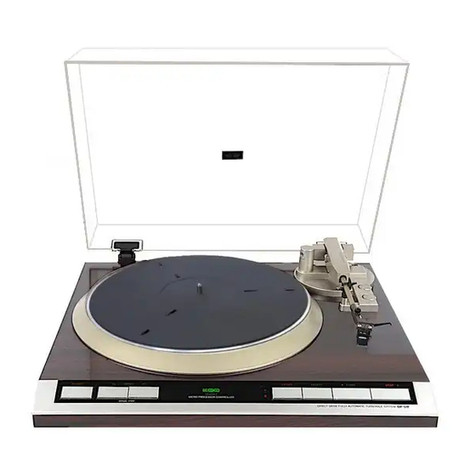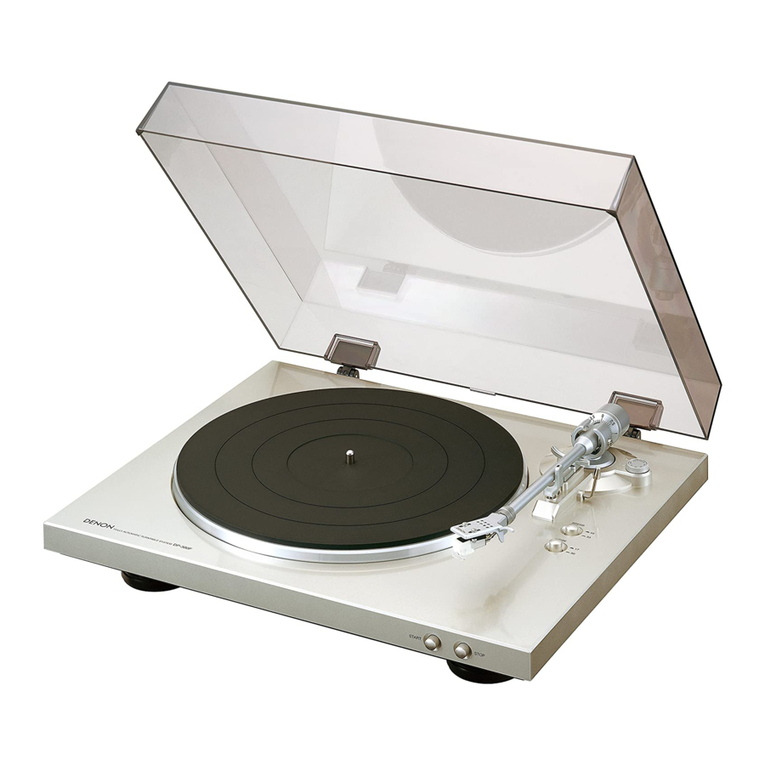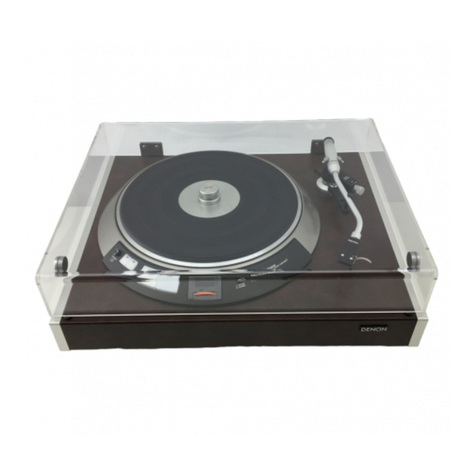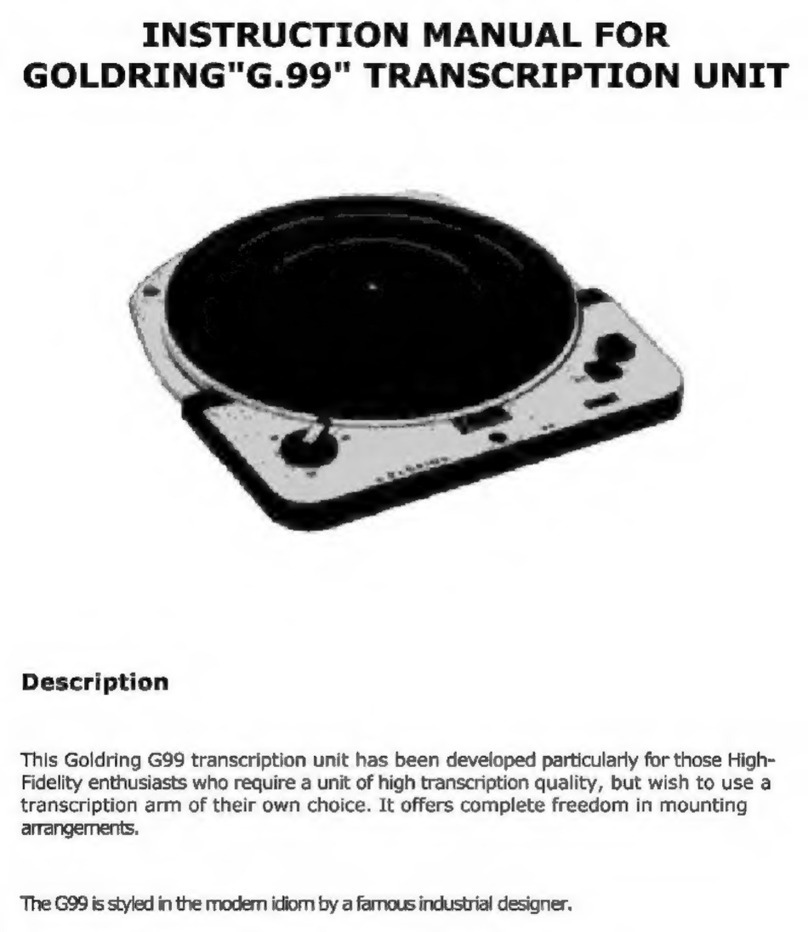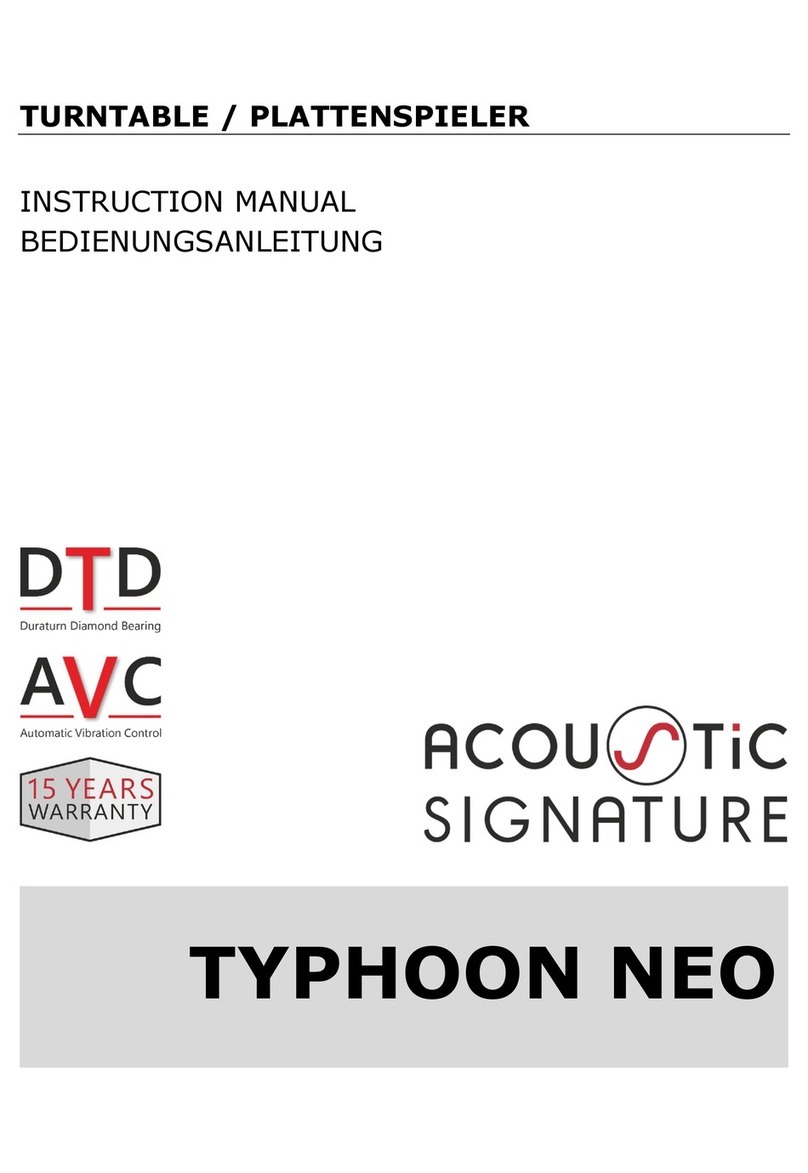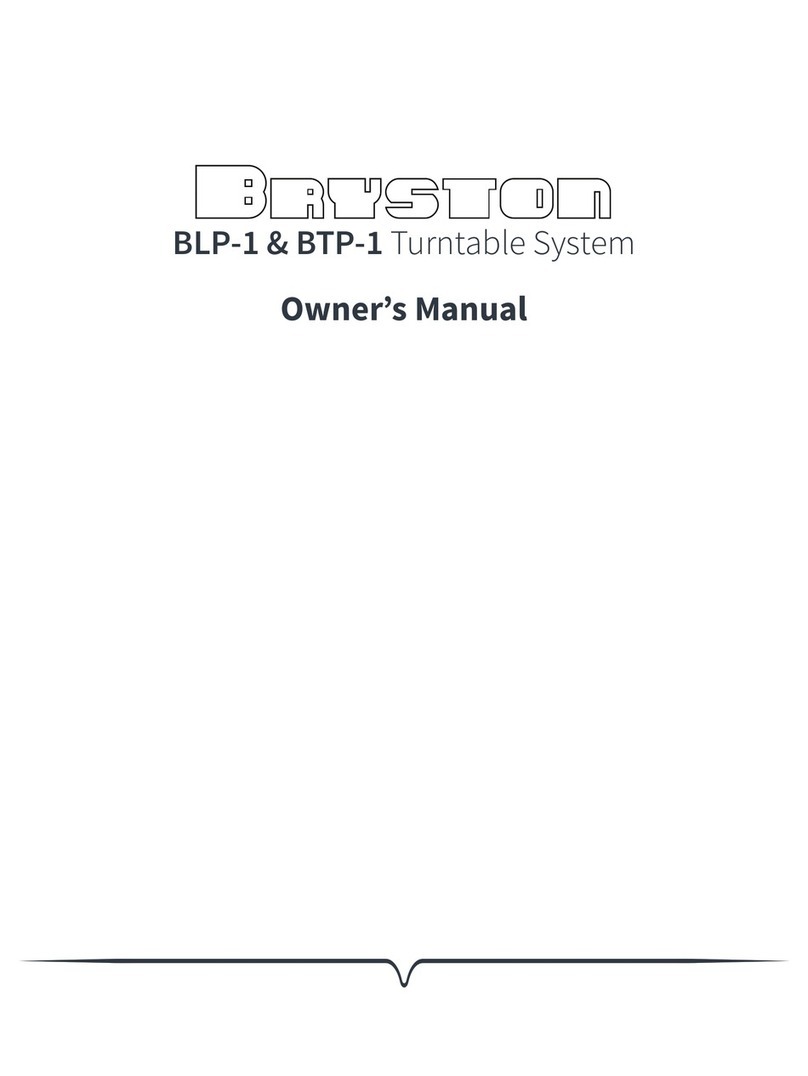Denon DP-67L User manual
Other Denon Turntable manuals
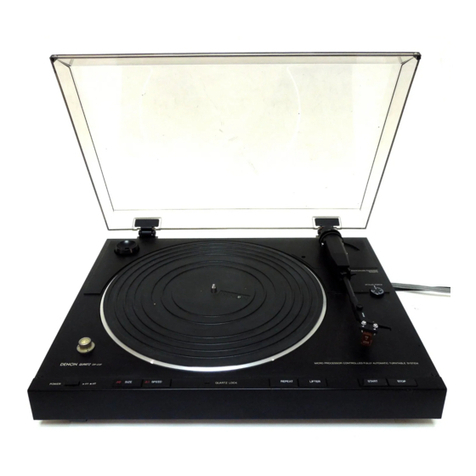
Denon
Denon DP-23F User manual
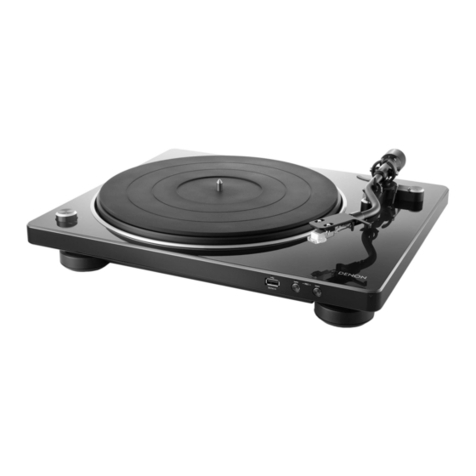
Denon
Denon DP-450USB User manual
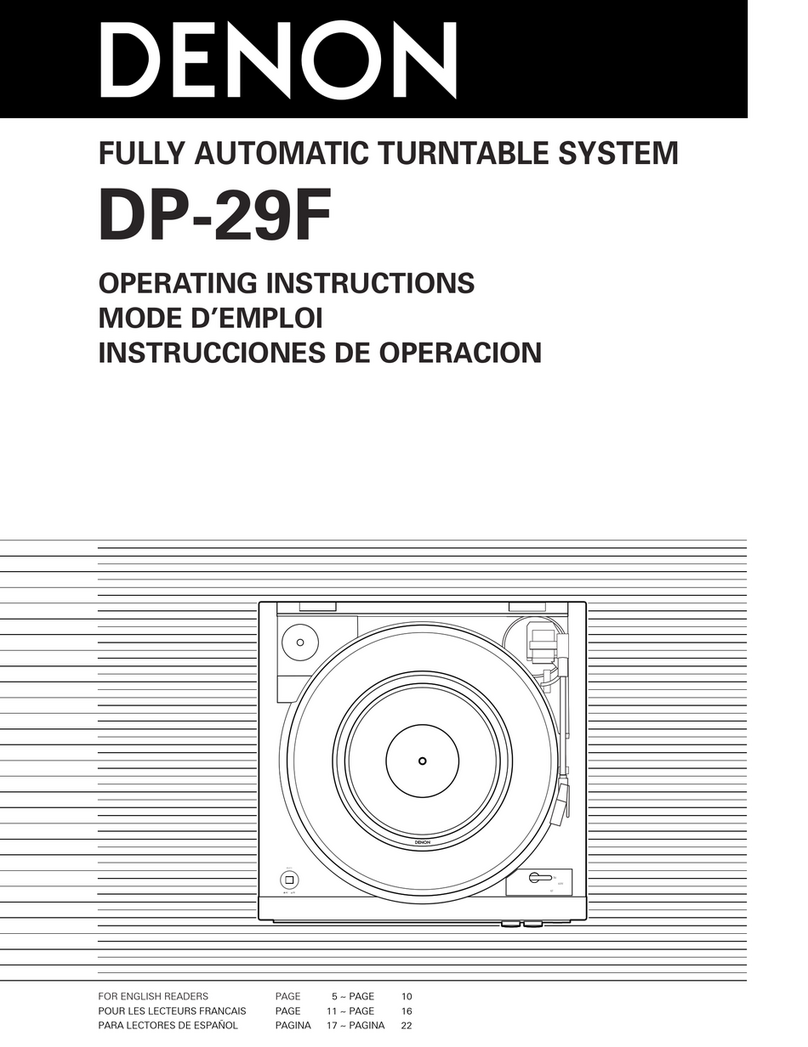
Denon
Denon DP29F - DP 29F Turntable User manual
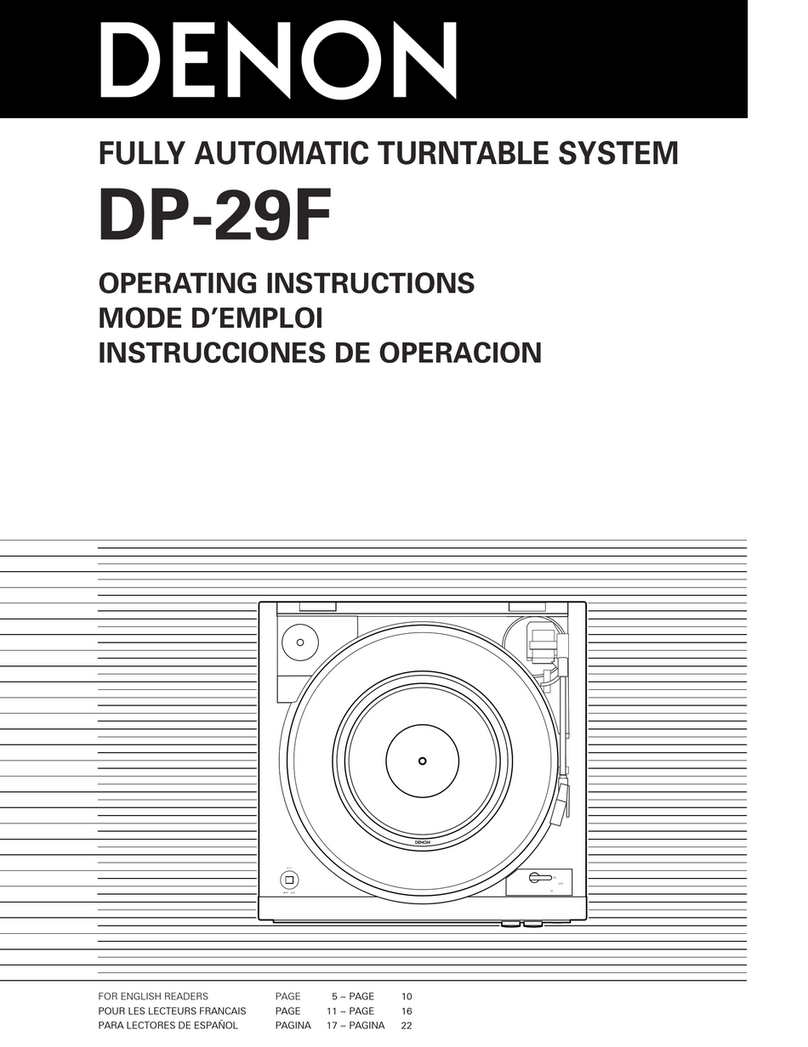
Denon
Denon DP-29F User manual
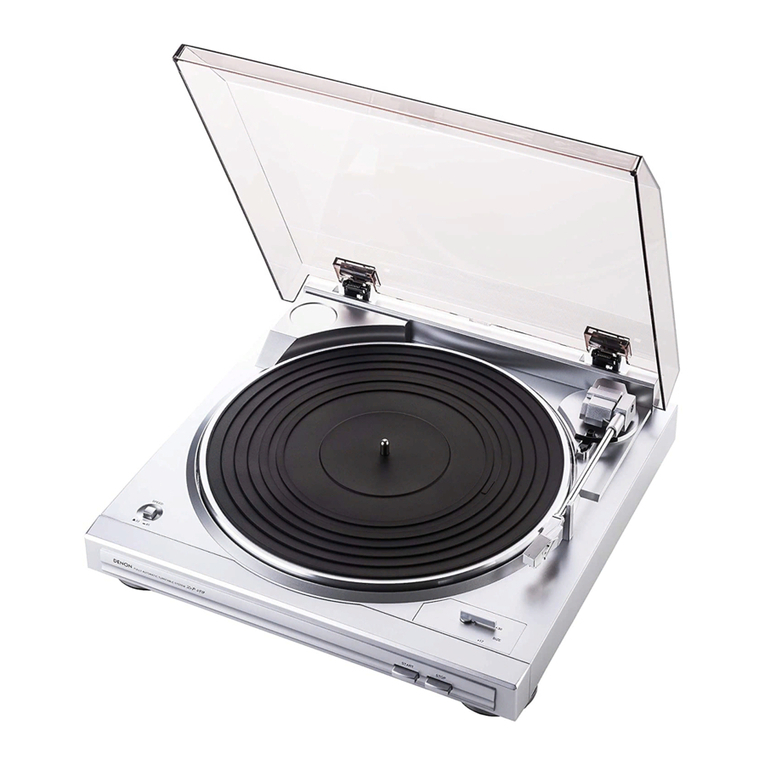
Denon
Denon DP-29F User manual
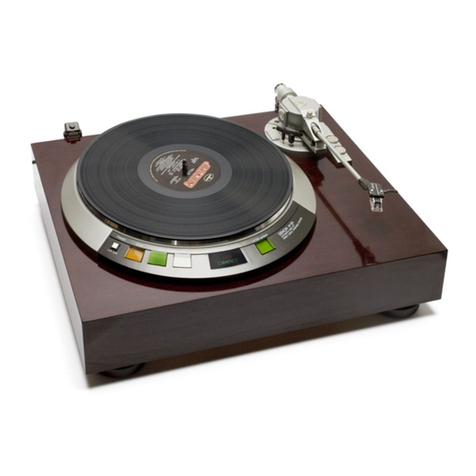
Denon
Denon DP-57L User manual
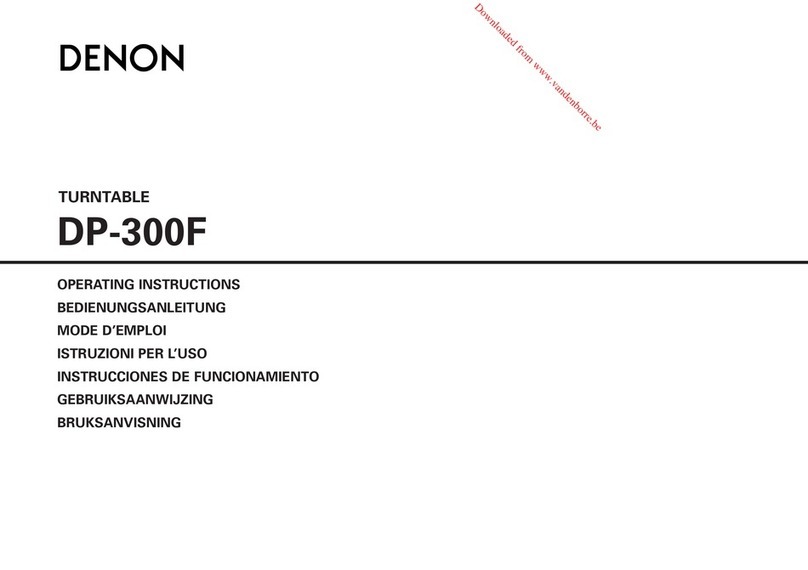
Denon
Denon DP-300F User manual

Denon
Denon DP-29F User manual
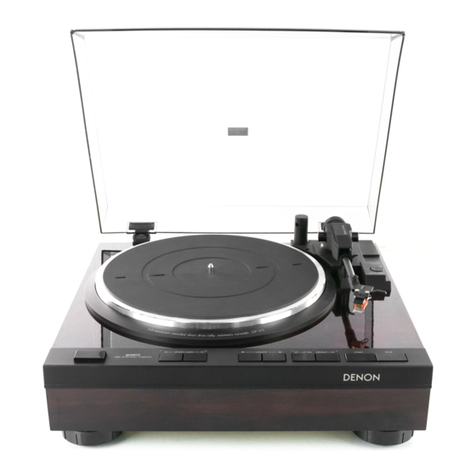
Denon
Denon DP-47F User manual
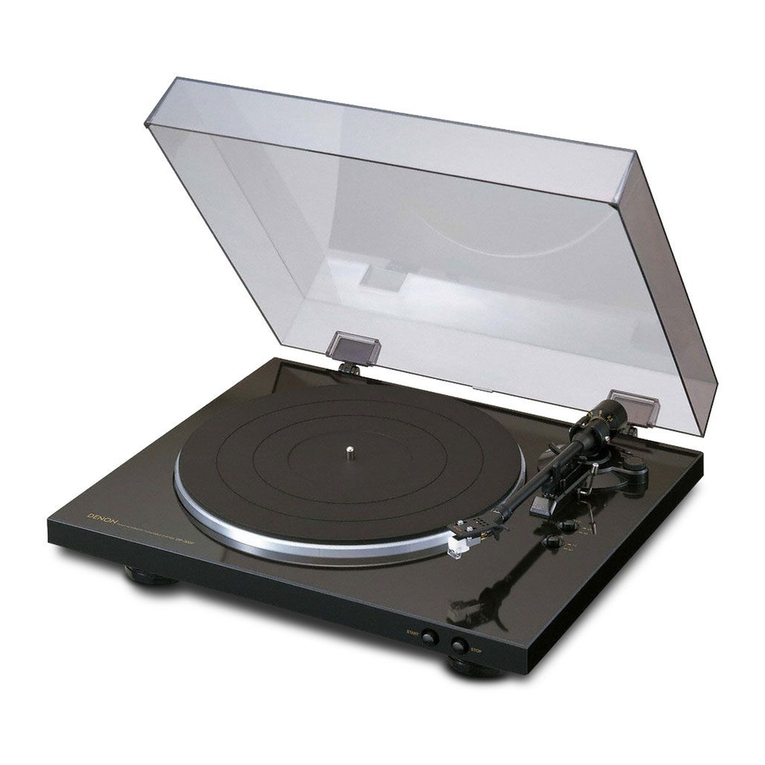
Denon
Denon DP DP-300F User manual

Denon
Denon DP-200USB User manual
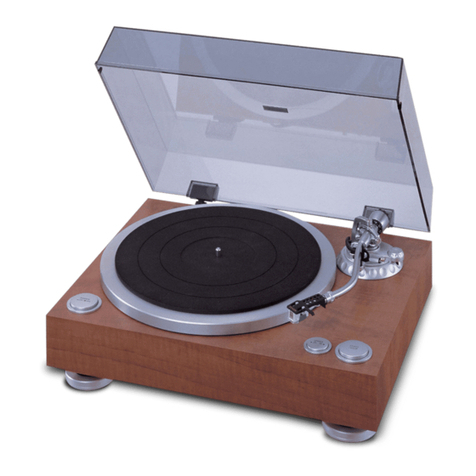
Denon
Denon DP-500M User manual

Denon
Denon DP-A100 User manual
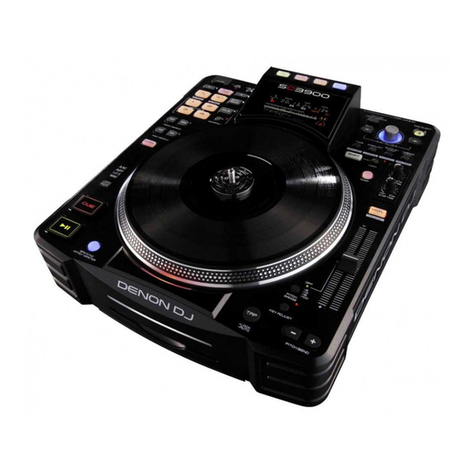
Denon
Denon DN-SC3900 User manual
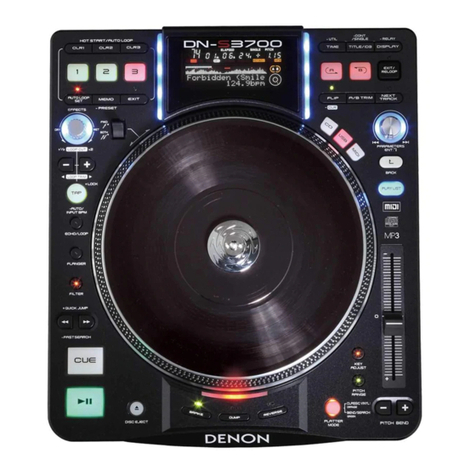
Denon
Denon DN-S3700 User manual
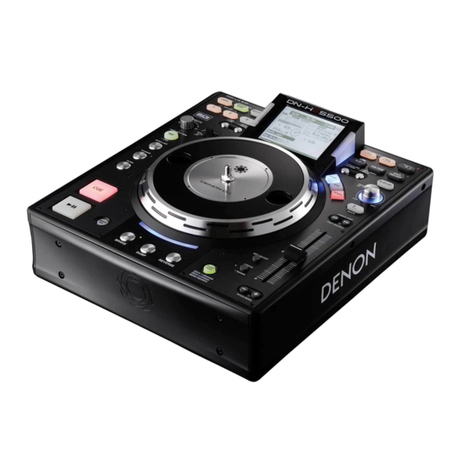
Denon
Denon Hs 5500 - Dn - Direct Drive Turntable Media... User manual
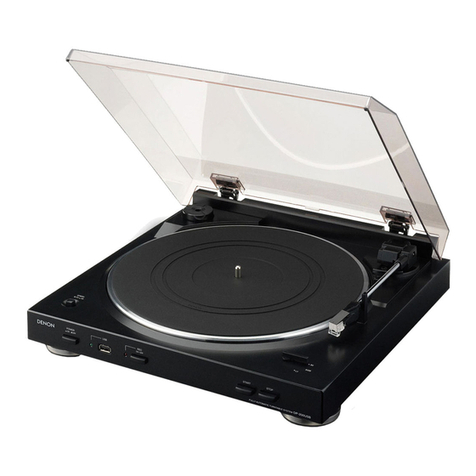
Denon
Denon DP-200USB User manual
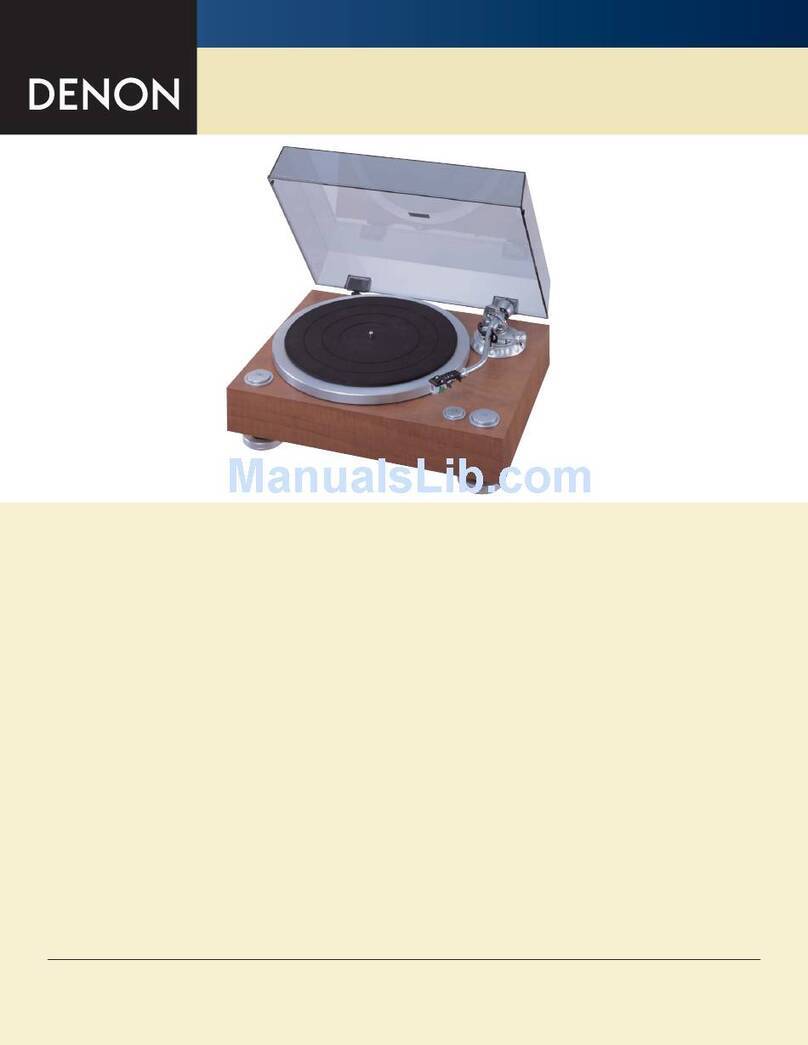
Denon
Denon DP-500M User manual

Denon
Denon DP-300F Instruction Manual
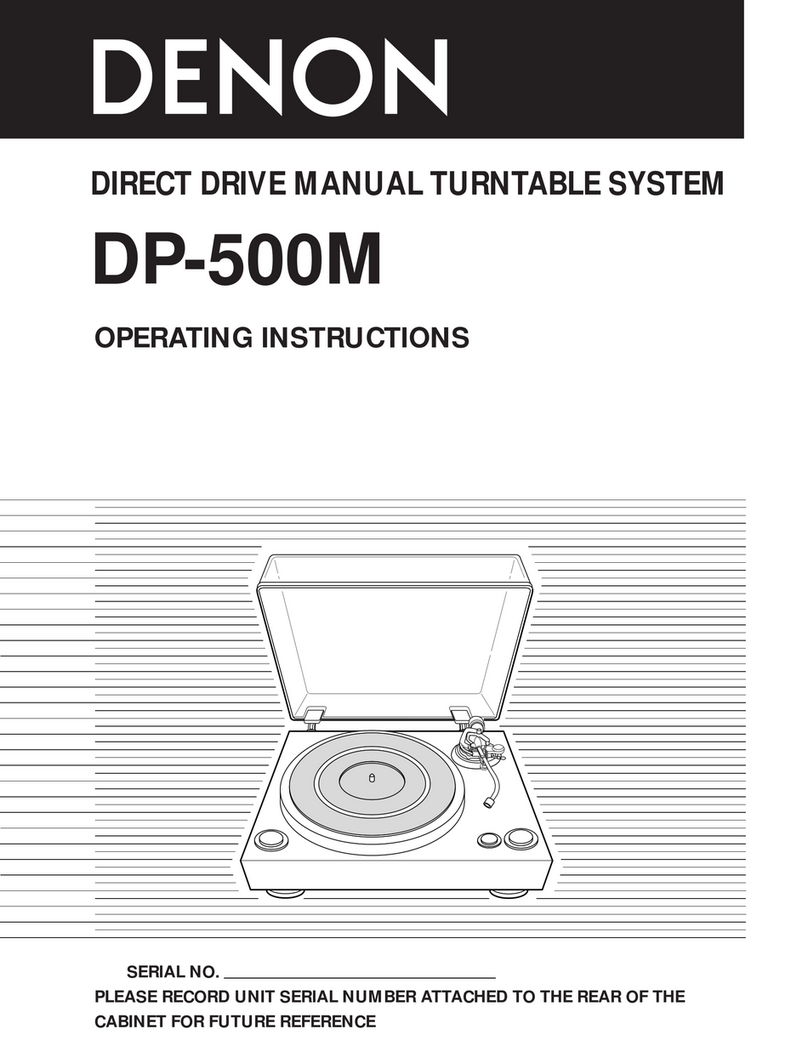
Denon
Denon DP-500M User manual
